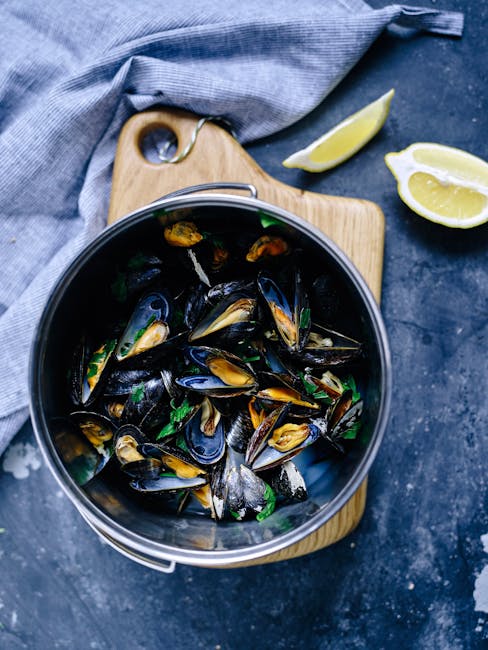Eat to Beat Your Diet: Outsmarting Hunger and Achieving Sustainable Weight Loss
Dieting is often portrayed as a battle of willpower, a constant struggle against cravings and hunger pangs. But what if we told you there’s a smarter approach? Instead of fighting your body, learn to work with it. This is the core principle of ‘eating to beat your diet,’ a strategy that focuses on strategic food choices to manage hunger, boost metabolism, and achieve sustainable weight loss without the constant feeling of deprivation.
Understanding the Hunger Hormones
Before diving into specific strategies, it’s crucial to understand the hormonal dance that governs our appetite. Two key players are ghrelin and leptin. Ghrelin, often called the ‘hunger hormone,’ signals your brain when your stomach is empty, triggering feelings of hunger. Leptin, on the other hand, is produced by fat cells and signals satiety – the feeling of fullness.
Many diets inadvertently disrupt this delicate balance. Severe calorie restriction can lead to increased ghrelin levels, intensifying hunger and making it much harder to stick to your diet. This is where the ‘eat to beat your diet’ approach shines. By making smart food choices, we can optimize these hormones and naturally curb hunger.
Prioritizing Protein: The Satiety Superstar
Protein is the undisputed champion of satiety. It takes longer to digest than carbohydrates and fats, keeping you feeling fuller for longer periods. This prolonged satiety effect reduces cravings and prevents overeating, significantly aiding in weight management. Aim to incorporate protein into every meal and snack.

Excellent Sources of Protein:
- Lean meats (chicken, turkey, fish)
- Eggs
- Legumes (beans, lentils)
- Greek yogurt
- Tofu
- Nuts and seeds
The Power of Fiber: A Digestive Dynamo
Fiber, another essential nutrient, adds bulk to your meals, promoting satiety and regulating blood sugar levels. This helps prevent those energy crashes that often lead to impulsive snacking. Soluble fiber, found in foods like oats and apples, absorbs water and forms a gel-like substance in your gut, slowing digestion and keeping you feeling full.
Fiber-Rich Foods to Include:
- Fruits (apples, berries, pears)
- Vegetables (broccoli, spinach, carrots)
- Whole grains (oats, quinoa, brown rice)
- Legumes
- Nuts and seeds
Hydration is Key: Quenching Hunger and Boosting Metabolism
Often, we mistake thirst for hunger. Drinking plenty of water throughout the day can significantly reduce your appetite. Water also plays a vital role in metabolism and overall bodily functions, contributing to weight loss efforts. Aim for at least eight glasses of water daily.
Mindful Eating: Paying Attention to Your Body’s Cues
Mindful eating is a crucial component of this approach. It involves paying close attention to your body’s hunger and fullness cues, eating slowly, and savoring each bite. This helps you become more aware of your eating habits and prevents mindless overconsumption.
Strategic Snacking: Preventing Cravings and Maintaining Energy Levels
Rather than avoiding snacks altogether, strategically choose snacks that are high in protein and fiber to keep hunger at bay between meals. This approach prevents those intense cravings that often derail diet plans.
Smart Snack Ideas:
- A handful of almonds or other nuts
- Greek yogurt with berries
- Apple slices with peanut butter
- Hard-boiled eggs
- A small portion of air-popped popcorn
The Importance of Healthy Fats
Don’t shy away from healthy fats. They’re crucial for hormone production and overall health. Unsaturated fats, found in avocados, nuts, and olive oil, can help you feel full and satisfied. However, moderation is key.
Building a Sustainable Lifestyle
The ‘eat to beat your diet’ approach isn’t a quick fix; it’s about building a sustainable lifestyle that supports your health and weight goals. It’s about making informed food choices that naturally manage hunger and promote long-term weight loss. Avoid drastic calorie restriction, as this can lead to metabolic slowdown and increased hunger.

Combining Diet with Exercise
While diet plays a crucial role, combining it with regular exercise amplifies its effectiveness. Exercise not only burns calories but also improves metabolism, reduces stress, and enhances overall well-being. Find activities you enjoy to ensure consistency.

Addressing Emotional Eating
For many, emotional eating plays a significant role in weight gain. Identifying triggers and finding healthy coping mechanisms is essential for breaking this cycle. Consider techniques like mindfulness, journaling, or seeking support from a therapist.
Listening to Your Body
Ultimately, the key to successfully ‘eating to beat your diet’ is listening to your body. Pay attention to your hunger and fullness cues, and adjust your food intake accordingly. Don’t be afraid to experiment with different foods and find what works best for you.
Seeking Professional Guidance
If you’re struggling with weight management or have underlying health conditions, consulting a registered dietitian or healthcare professional is crucial. They can provide personalized guidance and support to help you achieve your goals safely and effectively.
Conclusion: Embrace a Sustainable Approach
‘Eating to beat your diet’ isn’t about restrictive rules and deprivation; it’s about making smart food choices that naturally manage hunger and support your weight loss journey. By prioritizing protein and fiber, staying hydrated, practicing mindful eating, and incorporating regular exercise, you can outsmart hunger and achieve sustainable weight loss without feeling constantly deprived. Remember, it’s a lifestyle change, not a temporary fix.

